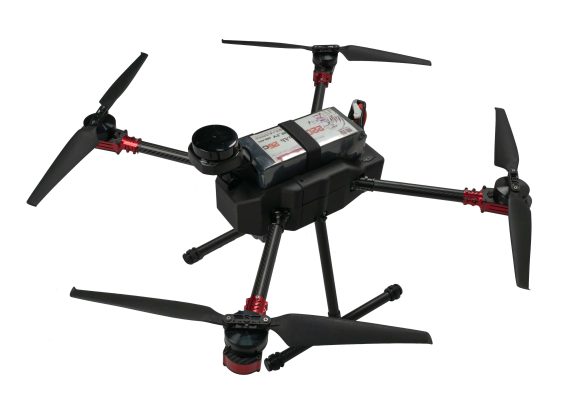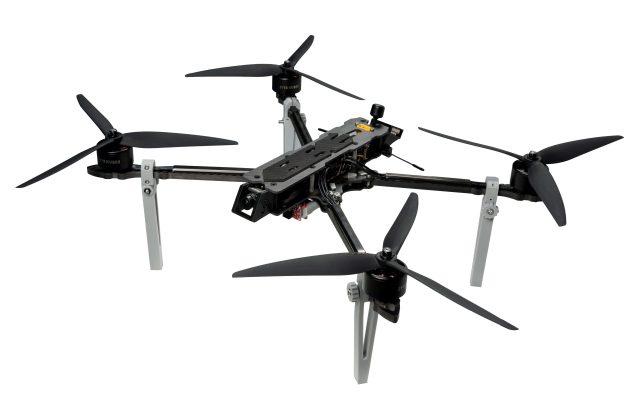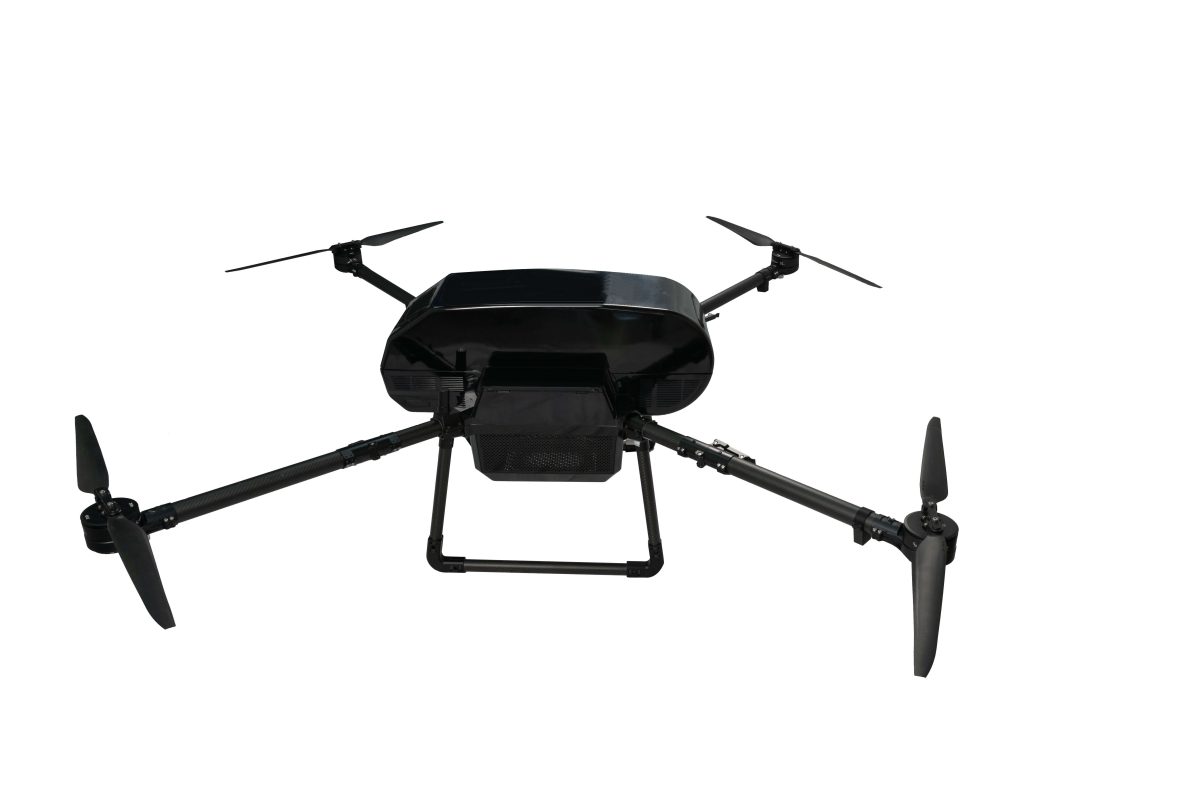Blog
FPV Daily Flying: 5 Best Places to Train and Shoot Cinematic Footage
Introduction
Choosing the right environment can greatly improve your FPV flying experience. Whether you’re just learning to hover or filming smooth cinematic shots, the location you fly in determines how fast you progress — and how good your footage looks.
In this article, we explore five ideal places to practice FPV flying and capture amazing visuals. These spots are popular among both beginners and experienced pilots, and each offers its own benefits and challenges.

1. Open Grass Fields
Best for: Beginners & Acro training
Why it’s great:
-
Wide, obstacle-free space for error
-
Soft landings reduce crash damage
-
Ideal for tuning, hovering, throttle control
Tips: Avoid windy days. Early mornings usually have calm wind and fewer people.
2. Empty Parking Lots or Rooftops
Best for: Freestyle training & flow practice
Why it’s great:
-
Plenty of structures to orbit or dive
-
Good for practicing yaw turns and gap shots
-
Usually quiet on weekends or evenings
Tips: Choose private lots with permission to avoid conflict. Use prop guards if flying close to surfaces.
3. Forests and Tree Gaps
Best for: Precision flying & skill growth
Why it’s great:
-
Perfect for gap shooting and obstacle runs
-
Teaches throttle modulation and spatial awareness
-
Natural light creates cinematic footage
Tips: Fly slow. Use GPS apps to check for nature preserve restrictions.
4. Abandoned Buildings or Industrial Zones
Best for: Cinematic filming & FPV tours
Why it’s great:
-
Unique textures, light patterns, and indoor spaces
-
Adds storytelling to your video
-
Great locations for long-range or slow reveals
Tips: Ensure legal access. Fly with a spotter. Watch out for metal interference indoors.
5. Mountains, Hills, and Coastal Cliffs
Best for: Long-range cruising & epic landscapes
Why it’s great:
-
Breathtaking backgrounds for cinematic videos
-
Clean airspace and open sightlines
-
Minimal signal interference
Tips: Use GPS failsafe, strong VTX, and check local airspace laws. Bring extra batteries — you’ll want to fly more.
Conclusion
Great FPV flying isn’t just about skills — it’s also about where you fly. Practicing in diverse environments builds confidence, sharpens control, and inspires creative shots. Just remember: fly legally, fly safely, and respect your surroundings. The world is your playground — go fly it.



